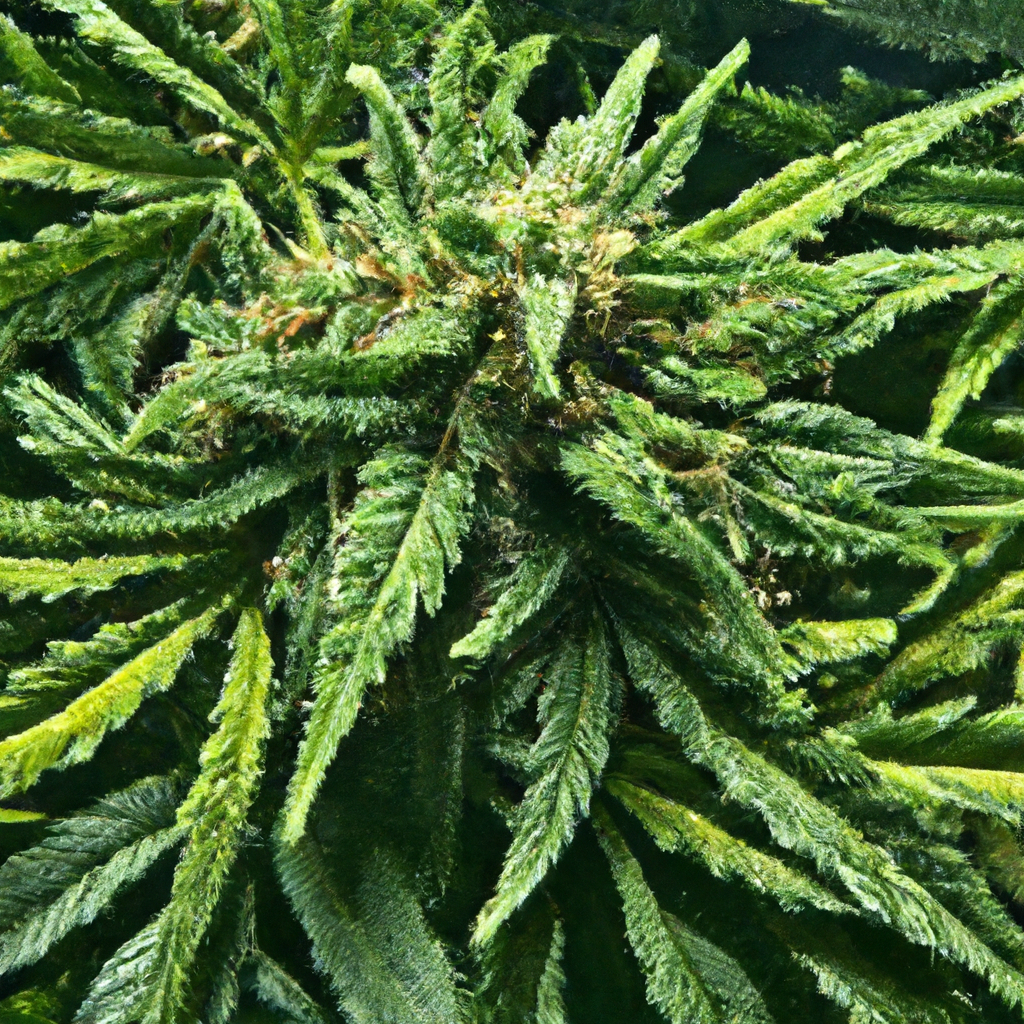Your cart is currently empty!
Growing cannabis can be a rewarding endeavor, yet it poses unique challenges, with pest control being a significant hurdle for many cultivators. In this article, we’ll explore advanced techniques for keeping pests at bay, ensuring your cannabis plants grow healthily and vigorously.
Identify Common Pests
To effectively control pests, it’s crucial to identify which pests are most likely to affect your cannabis plants. The common culprits include:
- Spider Mites: These tiny creatures can cause significant damage and are known for creating webs.
- Aphids: Small, sap-sucking insects that can spread diseases between plants.
- Fungus Gnats: While the larvae cause root damage, adult gnats can be a nuisance.
- Caterpillars: These voracious eaters can quickly devastate your crop.
Implement Integrated Pest Management (IPM)
Integrated Pest Management (IPM) is a comprehensive approach to pest control that minimizes chemical use and focuses on long-term prevention. Here are the essential steps:
- Monitoring: Regularly inspect your plants for signs of pests or damage.
- Thresholds: Establish action thresholds to decide when pest control measures are necessary.
- Prevention: Use cultural controls, such as crop rotation and sanitation, to prevent pest buildup.
- Control: Select suitable controls that may include physical, biological, or chemical methods tailored to the pest.
Natural Pest Control Solutions
Natural solutions can often provide effective pest control without harming beneficial insects or the environment. Consider the following options:
- Neem Oil: Derived from the Neem tree, this oil disrupts the pest’s lifecycle.
- Beneficial Insects: Introduce natural predators like ladybugs or predatory mites to control pest populations.
- Diatomaceous Earth: A natural powder that dehydrates pests upon contact.
Maintaining a Healthy Environment
Creating an optimal growing environment can discourage pests from establishing themselves:
- Temperature Management: Keep temperatures consistent to avoid stressing plants and making them more susceptible to infestations.
- Humidity Levels: Control humidity to reduce the likelihood of mold and mildew, which can attract pests.
- Cleanliness: Regularly clean your grow area to eliminate potential breeding grounds for pests.


Leave a Reply